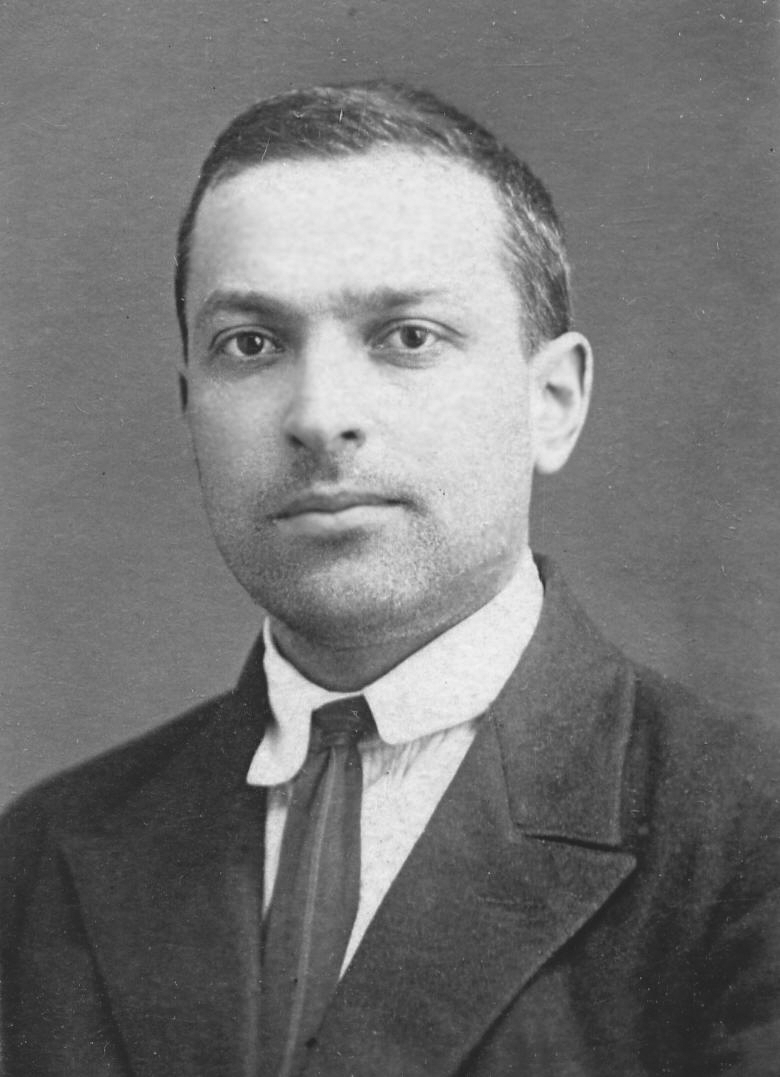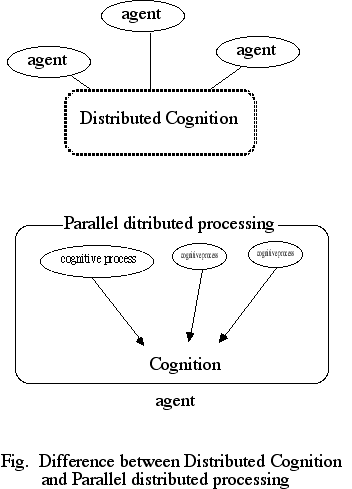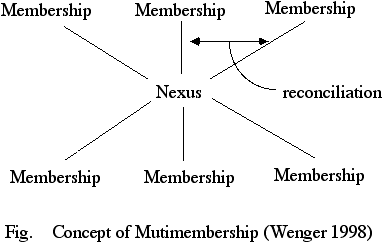distributed cognition

Lev Semenovich Vygotsky, 1896-1934
池田光穂
分散化された認知
distributed cognition

Lev Semenovich Vygotsky, 1896-1934
池田光穂

分散 化された認知(distributed cognition)とは、複数のエージェントの間で認知が共有されていること。例として、アメリカ海軍の船が狭い海峡を航行する際のチームの実践があげ られる(Huchins 1987)(→類似の発想として「ハイパーテキスト」を参照)。
その具体的な実相は次のようなものである。
1.エージェントは、分散化された状況の中でオブジェクト指向プログラミング(object
oriented programing)をおこなっている(つまり「状況的学習」をしている)。
2.分節化したエージェントは、それぞれの役割に順繰りに従事することで、エージェントから出た情報を資源として利用するだけでなく、その真偽の判断をお
こない、それに対する適切な行動をおこすことができる。またデータが曖昧であっても、適切な対処をすることができる——「不透明性」を縮減する。
3.分散化された認知システムにもとづくタスクを円滑に遂行するためには、外部表象化されたメタ理論たるメンタル・モデルが必要になる——必ずしも不可欠
ではないが、エージェントには成果のモニターをすることができる点で、絶大なる認知的支配力をもつだろう。
分散化された認知がうまく機能しているのは、経験的事実によるものである。したがってそれを機能させるようなシステムを構築した場合、設計 者が考えるエージェント像やその行動は、実際のエージェントの自己像や行動とは異なる可能性がある。つまり、設計されたシステムは必ず実際のエージェント に使わせてみるだけでなく、(インタービュー・参与観察をするなどの)エージェントから事情を聴取する必要がある。
ウィキ(英語)には、Socially Distributed Cognition として以下のような記述がある
"Distributed cognition is a
psychological theory developed in the mid 1980s by Edwin Hutchins.
Using insights from sociology, cognitive science, and the psychology of
Vygotsky (cf. cultural-historical psychology) it emphasizes the social
aspects of cognition. It is a framework (not a method) that involves
the coordination between individuals, artifacts and the environment. It
has several key components:
1.Embodiment of information that is embedded in representations of
interaction
2.Coordination of enaction among embodied agents
3.Ecological contributions to a cognitive ecosystem"
(Source: Socially distributed cognition by Wiki;
http://en.wikipedia.org/wiki/Socially_distributed_cognition)
分散型認知とは、1980年代半ばにエドウィン・ハッチンズによって提唱された心理学理論である。社会学、認知科学、ヴィゴツキーの心理学(文化史的心理学を参照)から得た知見を用い、認知の社会的側面を強調するものである。これは、個人、人工物、環境の間の調整を含む枠組みである(方法ではない)。それはいくつかの重要な構成要素を持っている:
1.相互作用の表現に埋め込まれた情報の具体化
2.具現化されたエージェント間の実行のコーディネーション
3. 認知生態系への貢献


リンク
文献
その他の情報
Copyleft, CC, Mitzub'ixi Quq Chi'j, 1996-2099